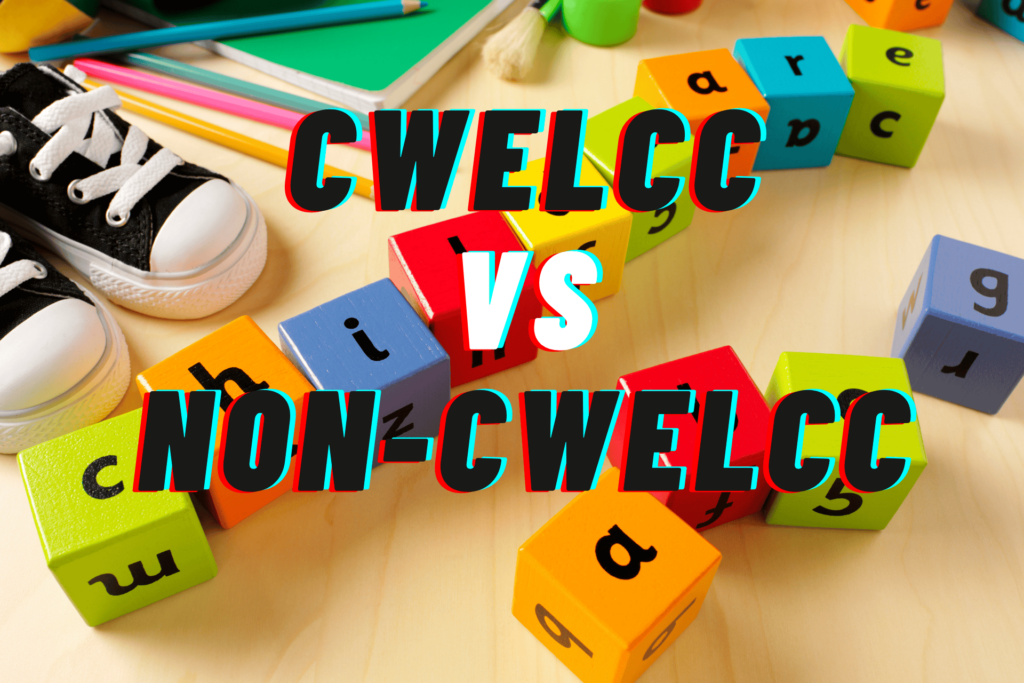As a landlord, there are various ways to handle utilities in different types of rental properties. Let’s explore the options for different building types and how each utility can be managed.
1. Utilities for Single-Family House:
All-Inclusive: In this scenario, the landlord pays for all utilities, including gas, water, and hydro. The advantage is that this is an attractive arrangement for Tenants as it’s more convenient not to handle any extra bills. However, a drawback is that tenants may not use the utilities responsibly, resulting in higher costs. For instance, leaving windows open while running the A/C or heat, or not turning off lights when leaving the house.
Tenant Pays for All: Alternatively, tenants can set up accounts with the utility providers and pay for all the utilities themselves. This includes creating separate accounts for gas, water, hydro, and potentially even water heater rentals if applicable.
In this scenario, the account would be in tenants’ names and it’s the tenants’ responsibilities to pay for the bills. However, the utility companies would request the landlord to be the default account. It means that if the tenants did not pay the utilities or move out, the Landlord is responsible to take over the payments.
2. Utilities for Multiplex:
In a multiplex property, it may be more challenging to separate utilities fully. However, you can consider the following options:
Separate Meter: If each unit has a separate meter, tenants can have the hydro utility in their name, paying for their individual electricity usage. However, it might not be possible to separate water and gas utilities in some cases.
Landlord Covers Utilities or Split Per Unit: If the water and gas utilities are not separately metered, you have the choice of either covering the cost as the landlord or implementing a split per unit. For instance, you can allocate a percentage split (e.g., 60%/40%) and charge tenants accordingly. In this case, the utilities would remain in the landlord’s name. The landlord would ask the tenants to pay the utilities each money after the split. This process might introduce more tedious work for the landlords, but it would reduce the cost of ownership.
When deciding how to handle utilities, it’s important to consider the best approach for your specific rental property and tenants. Clear communication, outlining utility responsibilities in the lease agreement, and addressing any concerns promptly can help ensure a smooth utility management process.




.png)







